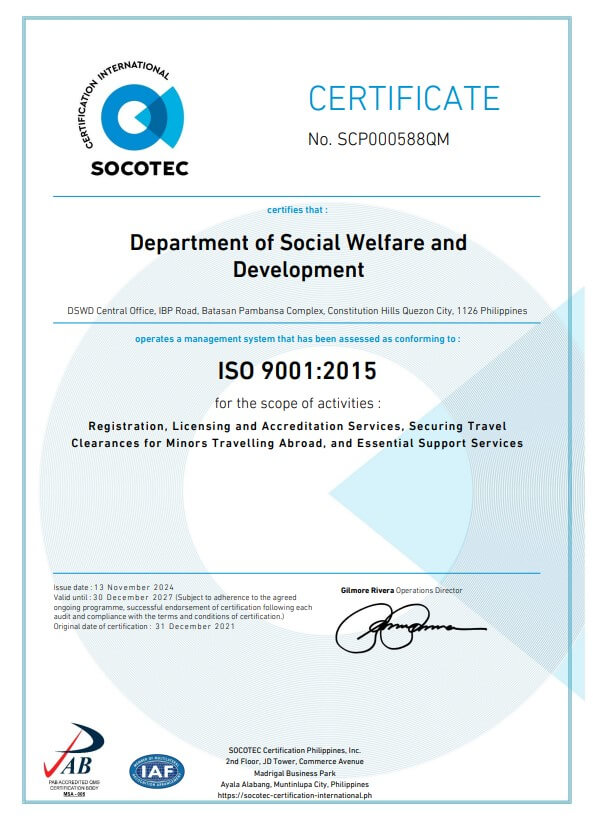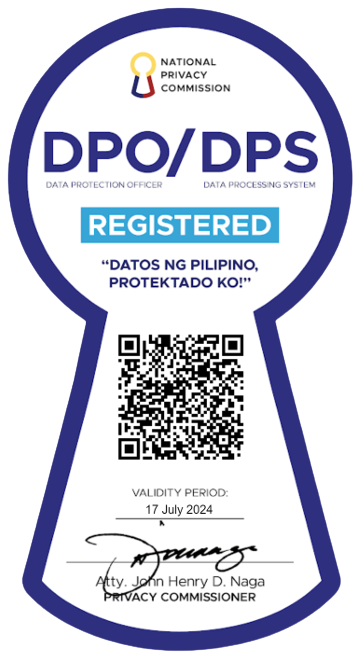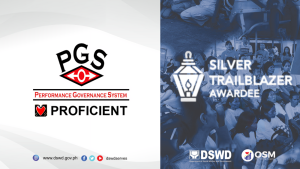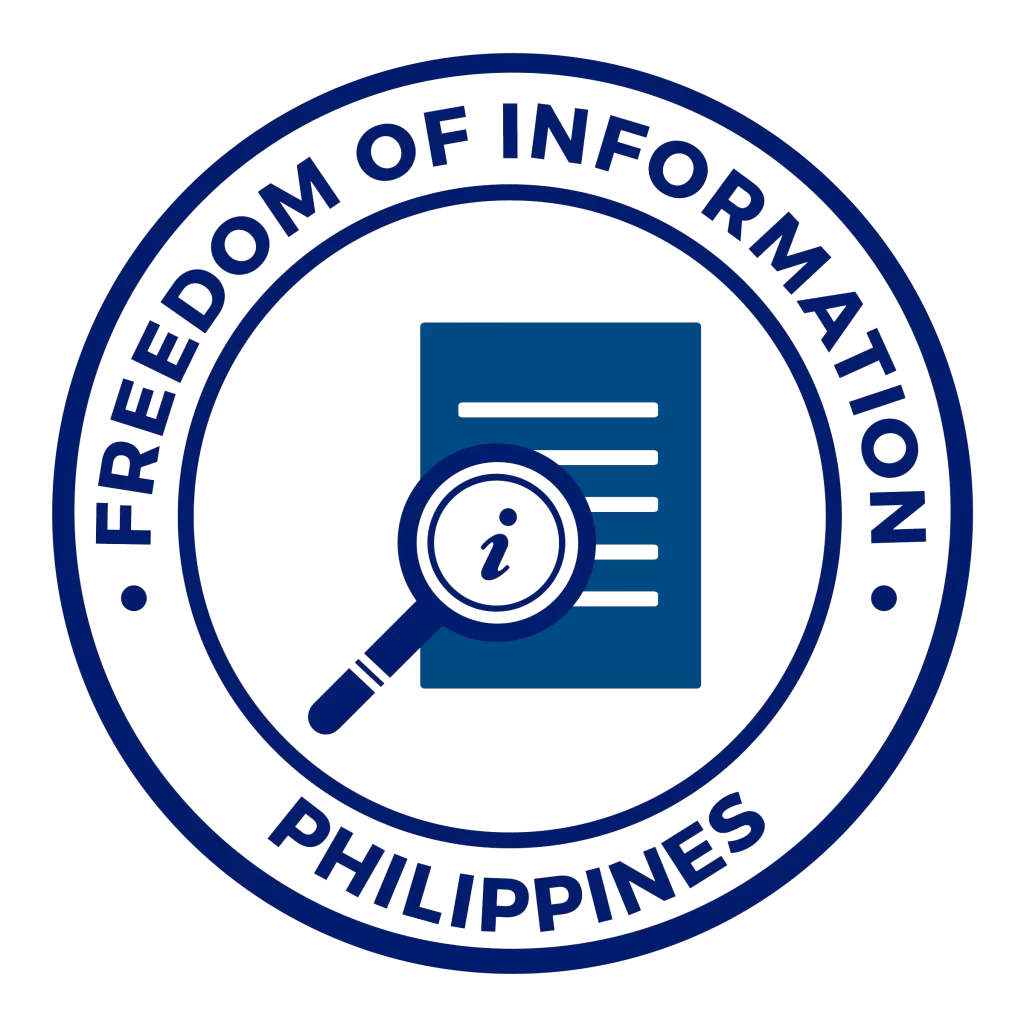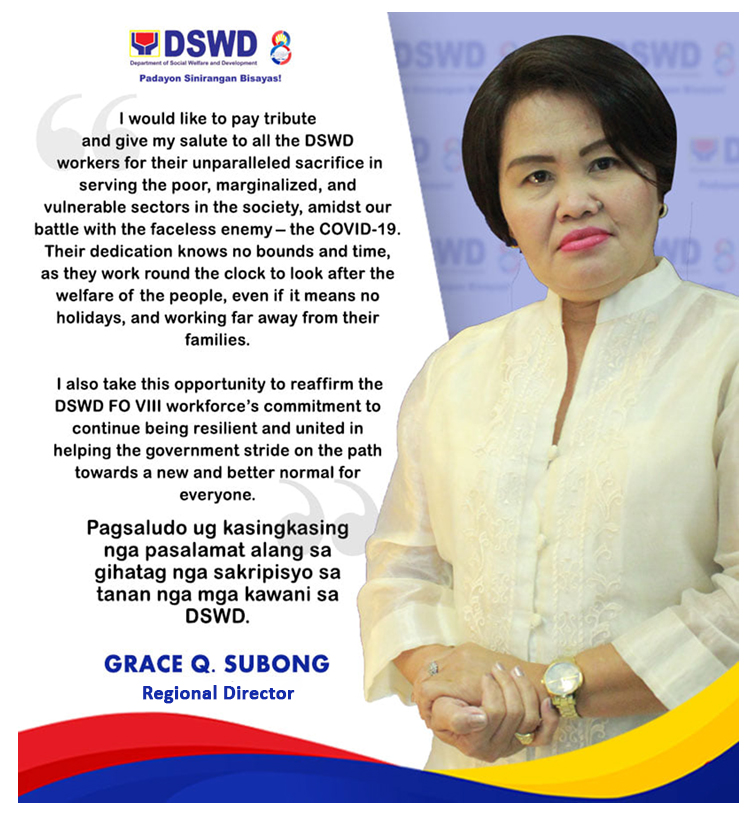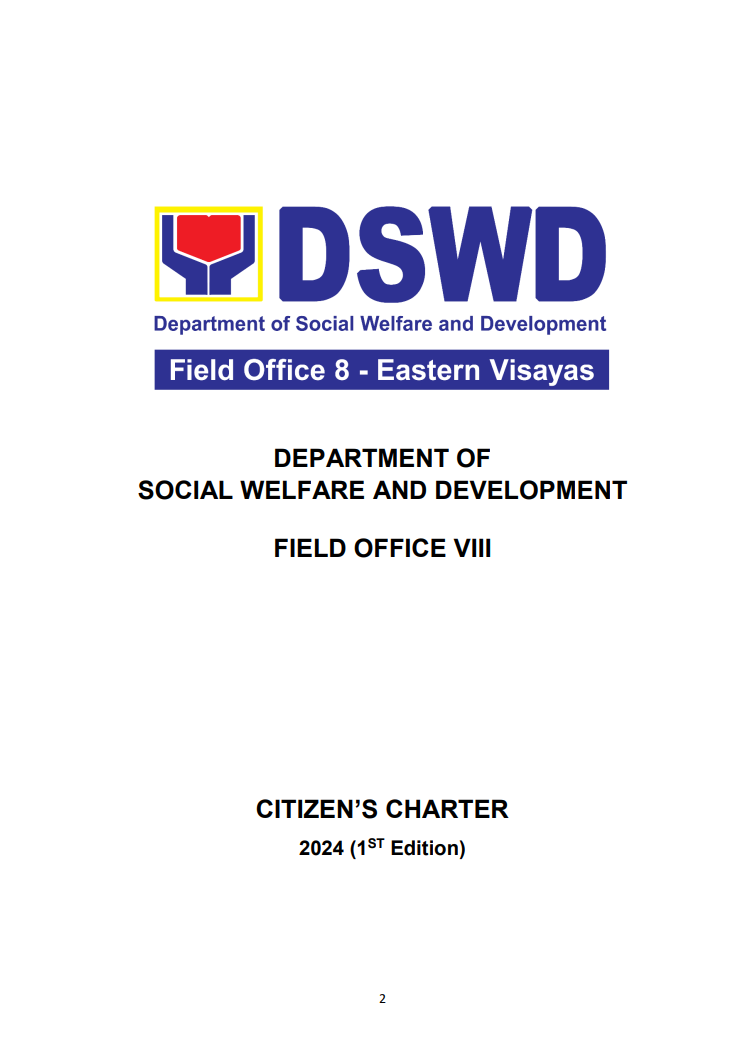Kalahi-CIDSS, otherwise known as the Kapit-Bisig Laban sa Kahirapan-Comprehensive and Integrated Delivery of Social Services, is one of the poverty alleviation programs of the Philippine Government being implemented by the Department of Social Welfare and Development (DSWD). It uses the community-driven development (CDD) approach, a globally recognized strategy for achieving service delivery, poverty reduction, and good governance outcomes.
Started in 2003, its scale-up was approved on 18 January 2013 by the National Economic Development Authority (NEDA) Board, which was headed by President Benigno Aquino III.
CDD:
- Helps communities in poor municipalities identify challenges around reducing poverty and make informed decisions on a range of locally identified options for development, including how this is made and in what form;
- Gives control of resources to address local poverty to communities;
- and Builds the capacity of both state (including local governments) and civil society stakeholders to provide assistance and respond to calls for support from poor communities as they implement development initiatives.
The development objective of Kalahi-CIDSS is to have barangays/communities of targeted municipalities become empowered to achieve improved access to services and to participate in more inclusive local planning, budgeting, and implementation.
HISTORY
Originally named as “Kapangyarihan at Kaunlaran sa Barangay (KKB)”, Kalahi-CIDSS (Kapit-Bisig Laban sa Kahirapan-Comprehensive and Integrated Delivery of Social Services) uses the community-driven development (CDD) approach in delivering social services and implementing local solutions to alleviate poverty.
Kalahi-CIDSS consolidated the lessons and strategies applied by two national programs that have manifested a high degree of effectiveness in poverty alleviation: the Comprehensive and Integrated Delivery of Social Services (CIDSS) Program of the DSWD of the Government of the Philippines, and the Kecamatan Development Program (KDP) of the Government of Indonesia.
In July 2002, Kalahi-CIDSS pilot-tested the 16-step process of the Community Empowerment Activity Cycle (CEAC), the platform for engaging and capacitating communities through a process of community planning and action. The site of the pilot testing was Dolores, Quezon, a fifth-class municipality, with PhP1.8 M allocated for the community projects. Six of its barangays participated in the pilot: Cabatang, Manggahan, Putol, Pinagdanlayan, Bulakin 1, and Dagatan. The field team was comprised of five members: Irene Malong as Area Coordinator, Jay Arribay, Ernesto Gimas, and Ray Camiling, as community facilitators, and Ma. Consuelo Acosta as documenter. The pilot test, which ran for six months, provided the experience and model that guided the first batch of municipalities that adopted the CDD approach.
Kalahi-CIDSS was officially approved in 2003 with funding support from the World Bank. Sec. Corazon “Dinky” Soliman served as its first National Project Director, with Undersecretary Clifford Burkley as the Deputy National Project Director, and Dir. Alexander Glova as the first National Project Manager.
The parent project ended in 2010, covering 200 municipalities. In the same year, the government granted it a bridge financing for another three years (2010-2014) in order to prepare for a scale up of CDD operations.
Under the Kalahi-CIDSS-Additional Financing, which has funding support from World Bank, 182 municipalities were covered. At the same time, the Millennium Challenge Corporation (MCC), through the Millennium Challenge Account-Philippines (MCA-P), provided a grant that covered the implementation of 164 municipalities nationwide, 102 of which were new municipalities to implement CDD (the remaining 62 were previously covered by the parent project).
In response to a strong demand from partner LGUs and communities and the support of the Human Development and Poverty Reduction Cluster (HDPRC), the DSWD proposed to scale up CDD into a national program to be called National Community Driven Development Program (NCDDP).
GOALS and OBJECTIVES
Development Objective of NCDDP:
To have barangays/communities of targeted municipalities become empowered to achieve improved access to services and to participate in more inclusive local planning, budgeting, and implementation.
NCDDP aims to:
- Empower communities by treating them not as passive recipients of assistance and services but as partners in development;
- Improve local governance by improving people’s engagement with and access to their LGUs, thereby making it more democratic and participatory;
- Reduce poverty by implementing barangay-level projects that respond to the communities’ felt needs and problems.
NCDDP is expected to achieve the following benefits for communities:
- Better access to basic services;
- Improve core local poverty indicators in project municipalities;
- Increase percentages of households that report an increase in knowledge, skills, and confidence to participate collectively in local governance activities in project municipalities;
- Improve the attendance of members from marginalized groups in barangay assemblies

